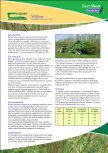
Willow can produce large quantities of renewable "green" energy without harming the environment. Growing willow for energy contributes to sustainable development in rural communities. Willow yields a fuel that can be stored until needed, and then used to generate heat and electricity.
- Date
- 1 June 2010
- Type
- Factsheet
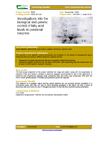
Investigations into the biological and genetic control of fatty acid levels in perennial ryegrass - 5620
- Date
- 1 June 2010
- Type
- Technology Update
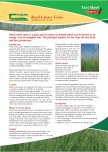
Reed canary grass is a grass species native to Ireland which can be grown as an energy crop on marginal soils. The principal markets for the crop are electricity and heat production.
- Date
- 1 June 2010
- Type
- Factsheet
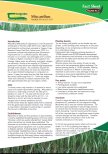
Miscanthus (Miscanthus X Gigantueus) is a tall C4 perennial woody grass of East Asia origin which has a high biomass yield potential and has been evaluated at Teagasc Crops Research Centre, Oak Park, Carlow since 1993. It is sometimes confused with elephant grass (Pennisetum Purpureum) but it is a different species.
- Date
- 1 June 2010
- Type
- Factsheet
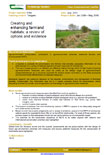
Creating and enhancing farmland habitats: a review of options and evidence
- Date
- 31 May 2010
- Type
- Technology Update
-in-a-raw-milk-smear-type-cheese_5654.jpg)
Survival of Mycobacterium avium ssp paratuberculosis (MAP) in a raw milk smear type cheese.
- Date
- 31 May 2010
- Type
- Technology Update
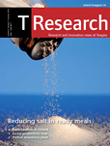
Teagasc Research Magazine - Summer Edition 2010 Reducing salt in ready meals Farm fatalities in Ireland Forest productivity map Perfect strawberry plant
- Date
- 20 May 2010
- Type
- Magazine
In this briefing note we examine the cost implications of the tax introduced on green diesel and other auto fuels as provided for in the 2010 Carbon Budget.
- Date
- 14 May 2010
- Type
- Submission
The dairy industry in Ireland is facing new and challenging times with the impending removal of the milk quota regime and volatility in milk price. Robust cows that will efficiently deliver high yields of milk solids from grazed grass, with consistently excellent fertility, will maximise profit regardless of future milk price volatility. Currently however, fertility performance (conception rates, survival and calving pattern) continues to be sub-optimal, eroding profit margins on Irish dairy farms and restricting the supply of high quality replacements. Data from the ICBF indicates that the average calving interval of Irish dairy herds is 389 days, with an average 6-week calving rate of 58% and 18% of cows recycled on a yearly basis. Similarly, indications are that reproductive performance on dairy farms in the northern half of the country is significantly poorer. This is a significant cost on the average dairy farm and reduces the supply of high EBI AI bred replacements thereby restricting Ireland’s ability to increase milk production in the future.
- Date
- 6 May 2010
- Type
- Event Proceeding
Welcome to the 2010 Teagasc Soft Fruit Conference, held in association with the Irish Soft Fruit Growers’ Association (ISFGA) and Bord Bia. Protected strawberry production is now the mainstay of the soft fruit industry in Ireland. Large capital investments have been made by growers in protective cropping, including both glasshouse and tunnel structures. The main objective is the extension of the fruit season and the production of very high quality fruit, which is demanded by today’s consumer. The industry now produces at least 7,500 tonnes of fresh strawberries per year, worth an estimated €34 million. While the Dutch cultivar ‘Elsanta’ is the most popular cultivar grown, a number of other new cultivars also have some market share. The Irish industry, as a whole, is technically advanced and is continually making big strides to keep up with modern methods and new advances in crop husbandry. Although there are always major challenges to deal with, the future is very promising for forward looking, progressive soft fruit growers.
- Date
- 5 May 2010
- Type
- Event Proceeding
